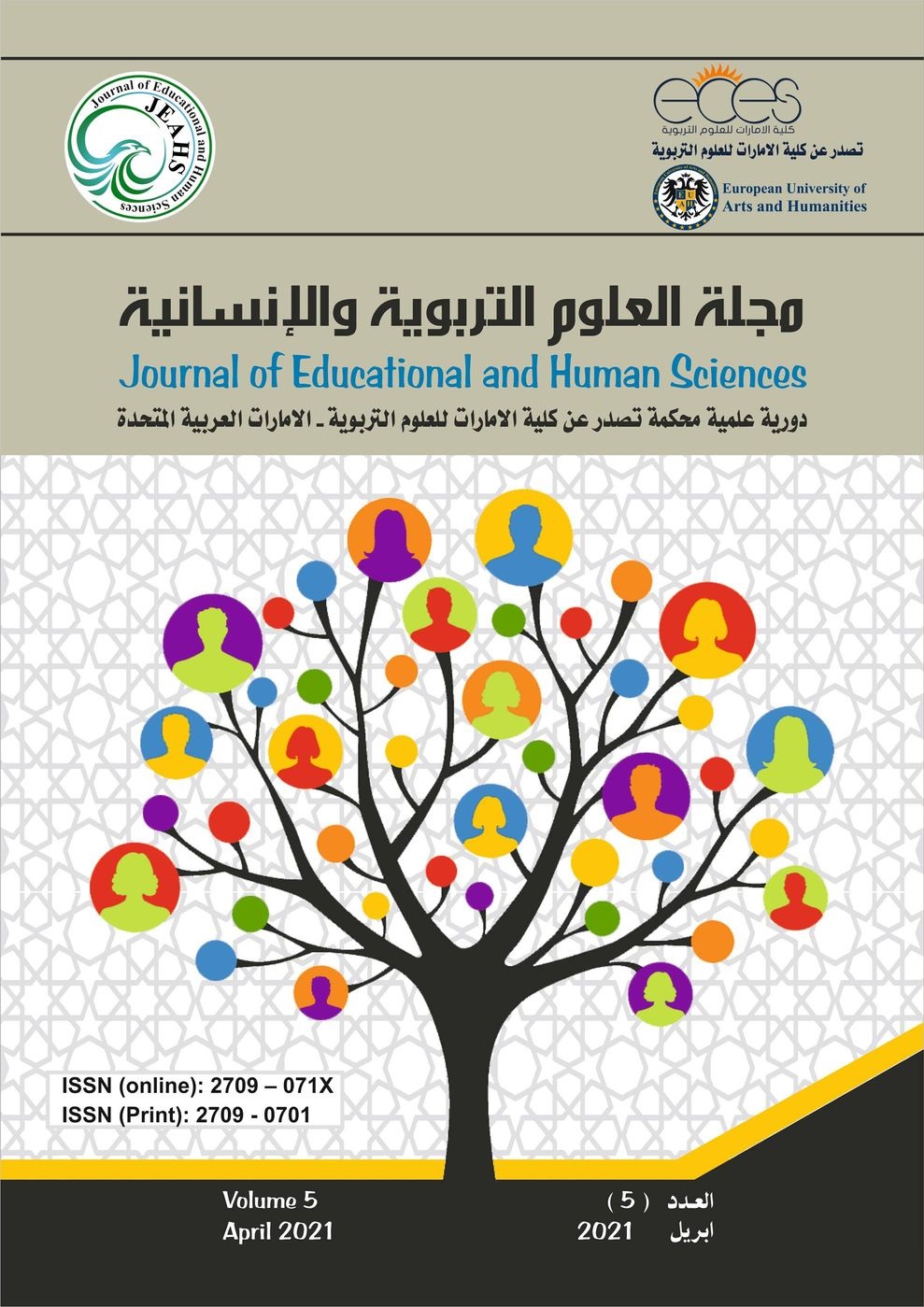The level of Arabic language teachers' use of classroom and extracurricular activities in the intermediate stage in the Holy Karbala Governorate from the teachers' point of view
Abstract
This study aimed to reveal the level of use by Arabic language teachers of classroom and extra-curricular activities in the middle school stage in the holy Karbala governorate from the teachers' own point of view. Due to the nature of the study, the descriptive curriculum was adopted, and the study tool was prepared, which is a questionnaire consisting of (24) items, which were divided into two axes: the classroom activities used in teaching the Arabic language, and the extra-curricular activities used in teaching the Arabic language. The validity and reliability of the tool has been confirmed.
The study community consisted of all Arabic language teachers and middle school teachers in the center schools of the holy Karbala governorate, where the number of middle schools reached (103) schools, and the number of members of the study community (412) teachers and the study was applied on a random sample of (92) teachers And school.
The study showed a low level of use of classroom and extracurricular activities in teaching Arabic in middle schools in the holy city of Karbala from the point of view of the study sample members, as they were assembled with a low degree of verification. The study also showed that there were no statistically significant differences in the use of activities in teaching Arabic at the middle stage in the holy Karbala governorate center, according to the variables of the grade (first, second, and third), gender, and educational experience, and in light of the study results, a number of Recommendations and suggestions related to the study questions.
References
2. ايسيسكو (1998), التعليم في الدول الاسلامية ومتطلبات التنمية الشاملة, مطبعة المعارف الجديدة, الرباط.
3. ساجت, كريم (2007), واقع النشاطات اللغوية الصفية واللاصفية في المرحلة المتوسطة في محافظة بغداد, المعهد العربي العالي, (رسالة ماجستير غير منشورة).
4. شحاته, حسن (2002), النشاط المدرسي, مفهومه, ووظائفه, ومجالات تطبيقه, الدار المصرية اللبنانية للنشر, ط7.
5. عبدالله, ابتسام (2013).واقع النشاطات الصفية واللاصفية في المرحلة المتوسطة من وجهة نظر المدرسين والمدرسات, (رسالة ماجستير غير منشورة), كلية التربية/ابن رشد, جامعة بغداد.
6. العتوم, منذر (2008), النشاط المدرسي المعاصر بين النظرية والتطبيق, ب.ط, عمان, الأردن, شارع الملك حسين بناية الشركة المتحدة للتأمين.
7. العقابي, سعد (2014). واقع استخدام الأنشطة الصفية واللاصفية في تدريس مقرر التربية الإسلامية في المرحلة المتوسطة في بغداد, (رسالة ماجستير غير منشورة), كلية العلوم التربوية, جامعة آل البيت، المفرق: الأردن.
8. الفيومي، خليل (2012), أثر أنشطة الاتصال اللغوي في تنمية مهارات التعبير الشفوي لدى طلاب الصف التاسع الأساسي في مدارس مديرية التربية والتعليم بمنطقة عمّان الثانية في الأردن, مجلة العلوم التربوية والنفسية, 13, (2), 451ـ484.
9. قرشم, احمد, ومحمد, مصطفى (2004), مهارات التدريس لمعلمي ذوي الاحتياجات الخاصة (النظرية والتطبيق), القاهرة, مركز الكتاب للنشر.
10. الموسوي, عبد الله حسن (1994), رؤية في تقويم المناهج الدراسية لمعاهد اعداد المعلمين والمعلمات, مجلة الاستاذ, العدد(7).
11. وزارة التربية, (1984), نظام المدارس الثانوية رقم (2) لسنة 1977, مطبعة وزارة التربية, بغداد.
12. Adler, Marion robin(2000). The role of play in writing
13. development: astudy of four high school creative writing
14. classes, PhD state University of new York at Albany,
15. D.A..I – A 63/01 p.117.



